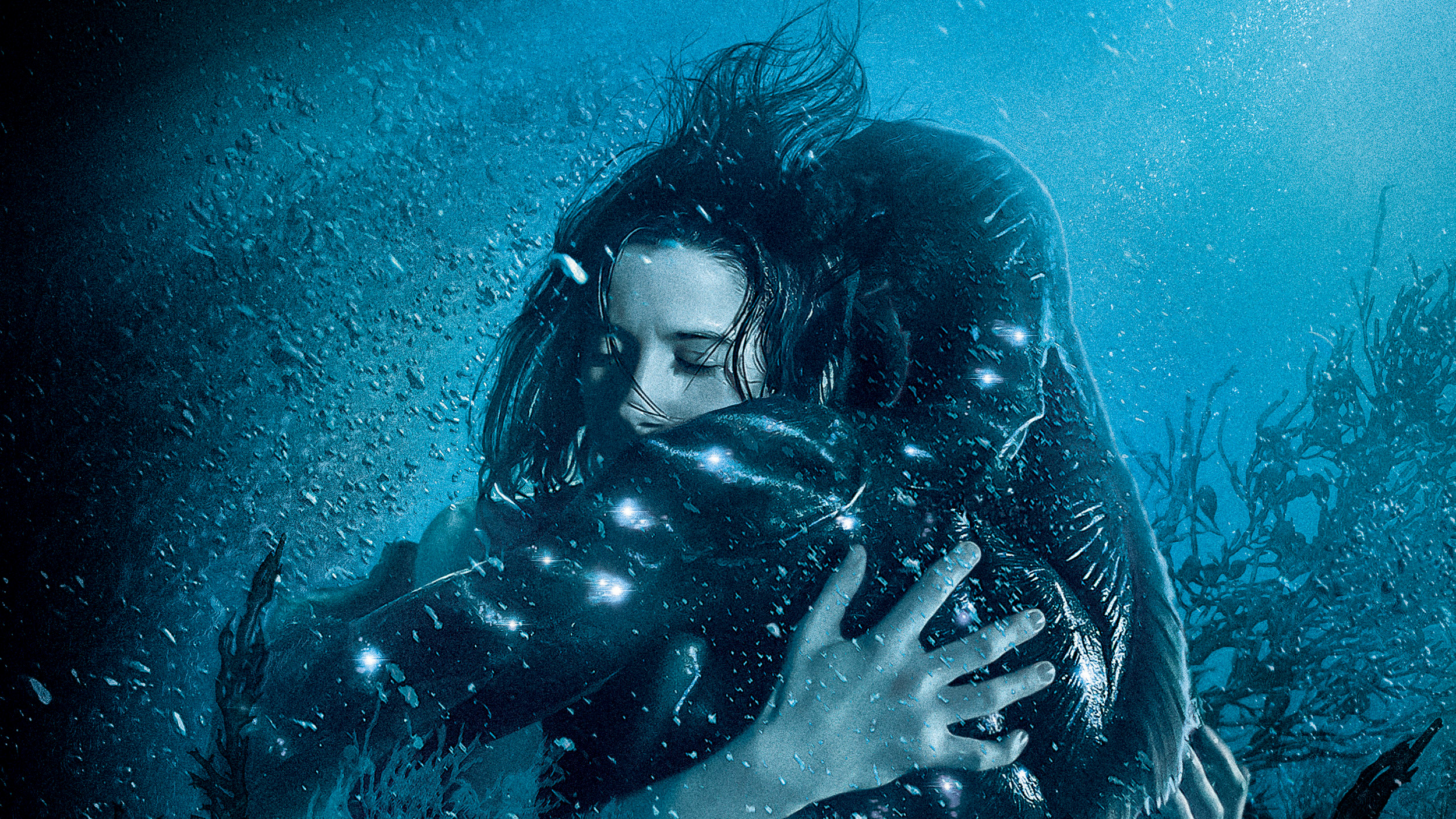Up in the Air: The Art of Living

Meet Ryan Bingham: a traveling businessman who calls life in the air “home”.
While his work as a “Termination Engineer” is brutal and depressing, he embodies the jet-set life style. Luxury lounges, Executive suites, the best of everything.
All of the external status symbols of happiness and success.
Quickly the spell is broken. We see Ryan for what he is: alone.
The initially glamorized lifestyle reveals a life of hollow perks, meaningless goals, and void of any authentic human connection. Ryan’s philosophy is simple: material goods are baggage. People are baggage. Freedom and happiness come through having no obligations to anything—or anyone. Keep your backpack empty.
Ryan will commit to nothing, and attracts a love interest personifying what he thinks he wants; casual, non-committed; carefree.
Ryan begins seeing what’s missing. Through his colleague Natalie Keeler, and his relationship with fellow business traveler Alex Goran, Ryan questions his philosophy of freedom through solitude.
Ryan’s catharsis occurs at his sister’s wedding. His family speak candidly: no one hears from him. No one sees him. He’s never around. It is fairly assumed he doesn’t want to be.
In speaking with his future brother-in-law, who is questioning life and marriage, Ryan must confront his own beliefs:
“If you think about it, your favorite memories, the most important moments of your life… were you alone? Life’s better with company”.
The film’s ending disappoints many viewers expecting a check-the-box finale where everything falls into place.
This is not the ending presented; we are instead exposed to the natural consequences of Ryan’s philosophy.
Alex sought the same terms Ryan initially offered. It is Ryan—after his Awakening—who tries inciting change in an impossible situation. We learn she is married.
In the final scene Ryan flies yet again, the viewer uninformed if any meaningful growth has occurred.
And there, it ends.
Did Ryan change? We don’t know.
Those frustrated with the film’s ambiguous ending are missing the point. The message was not for Clooney’s Ryan Bingham.
The message is for you.
Ryan’s experience reflects many: the same airports. The same hotels. The same pseudo-hospitality. The same pursuit of meaningless status through superficial perks. The same four walls. The same hotel bar. Everything the same. Night after night, year after year.
___________
The dilemma:
1. The challenges—and vulnerability—of authentic human connection.
2. The freedom—and isolation—of a life lived alone.
As gambling is to the gambling addict, or alcohol to the alcoholic, Ryan’s preoccupation with jet-setting seeks filling the void of no authentic relationships in his life.
The Art of Living:
Embracing the challenges of healthy relationships.
Accepting that people need people.
And that no one can do it alone.
The life well lived rejects isolation. The life well lived is defined by authentic human connection.
The personal counseling profession is built on this premise: at the heart of every broken person is a broken relationship. A family member, friend, spouse; someone that should have been there wasn’t—or isn’t. This is always the source. Healing begins with awareness, coping strategies, and the slow march of time.
Take inventory.
If your relationships are not healthy, or are nonexistent, now is the time to change. Fight for a marriage worth fighting for. Talk to the family you haven’t. Get the counseling needed.
Apologize to those you should. Bury it.
In the short term, none of this is easy. In the long term, it will reshape your world.
Now get to it.
Mark Joseph Huckabee





